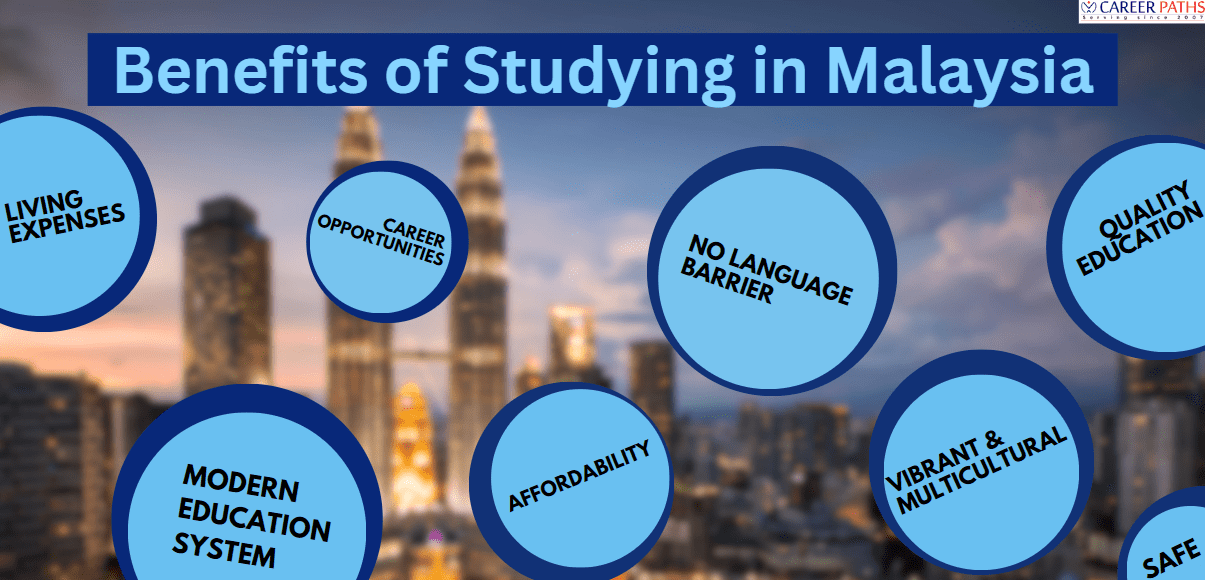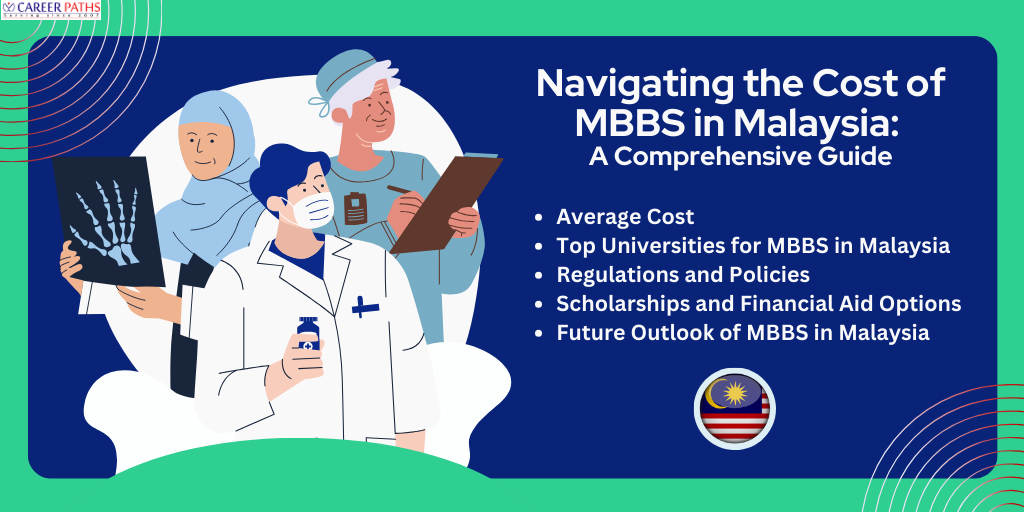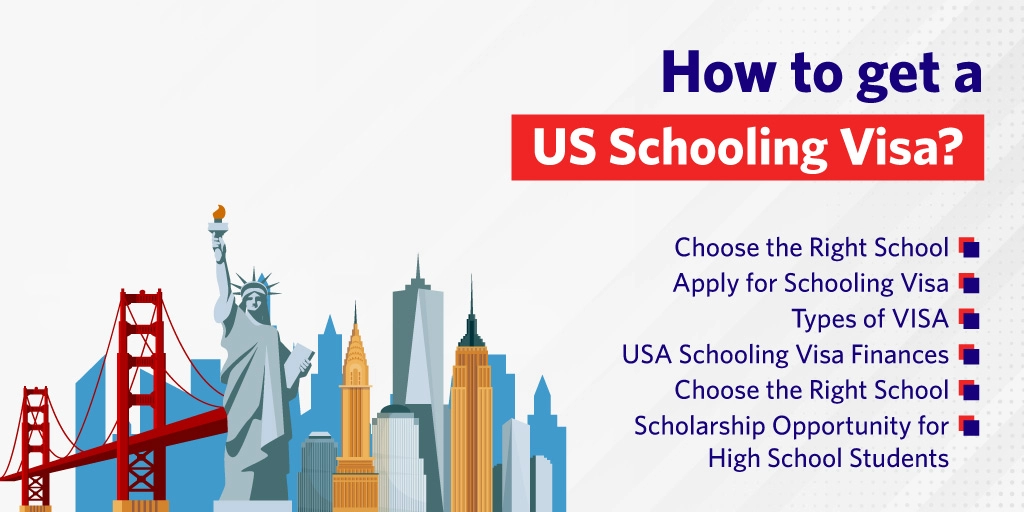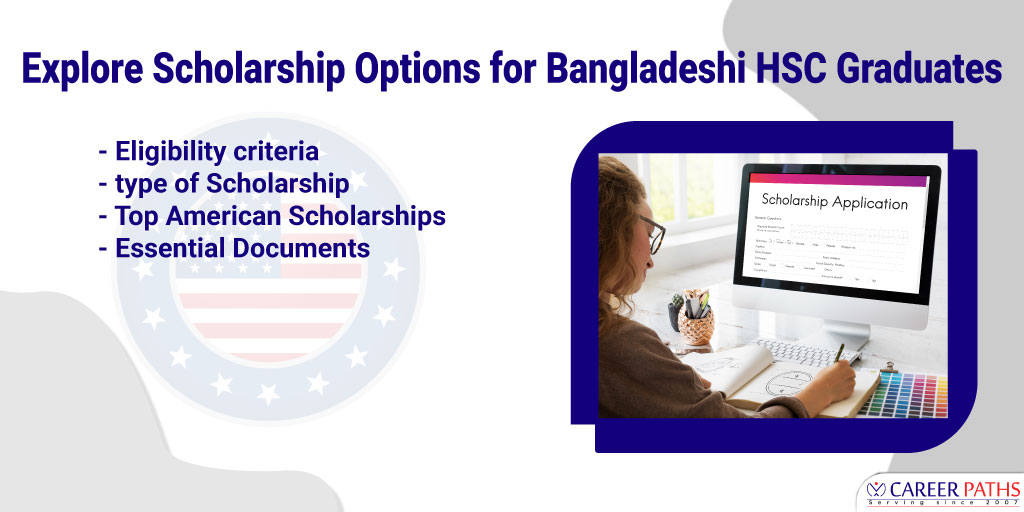This comprehensive guide is your go-to resource as an international student aspiring to pursue a Master’s degree in the USA. Explore everything from program research and the admission process to available funding options.
5 Second Rundown!
- World-Class Universities
- Diverse Academic Environment
- Unparalleled Career Prospects
Why USA?
When delving into the pursuit of a Master’s degree, American universities shine with a stellar reputation for academic prowess. With an illustrious educational legacy, distinguished faculty, and cutting-edge facilities, the USA takes center stage in the global academic landscape.
Explore graduate programs in the US with our guide’s pro tips and insights!
KEY TAKEAWAYS
- Master’s programs in the USA typically span 1.5 to 2 years
- A staggering 858,400 international students enrolled in U.S. higher education during 2022-2023
- The USA is well renowned for top ranked universities and a plethora of scholarship opportunities for international students.
Eligibility Criteria for International Students
- A four-year bachelor’s degree or its equivalent worldwide must be completed in order to be admitted.
- Applicants should demonstrate a minimum GPA between 3.00 and 3.50, or its equivalent internationally, as evidence of their academic proficiency.
- You must be able to communicate in English. A minimum TOEFL score of 78 to 100, or the equivalent on other accepted language competence examinations, is required.
- To make sure that each applicant’s overall profile is in line with the academic standards and culture of the university, a comprehensive, holistic review is carried out
Checklist For a Master’s Degree in the USA
- Academic Transcripts
If the originals are in a different language, include the grading scale and an English translation.
- English language Proficiency
TOEFL, IELTS, IELTS Indicator, Pearson PTE, and Kaplan IBT are accepted or any proof that you belong to an English-speaking country.
- Statement of Purpose
The master’s program requires a writing sample, such as a personal essay or statement of purpose.
- Curriculum Vitae
- Passport Photocopy
- Evidence of finances proving you can afford your housing and educational costs
Why do Students Choose the USA every year?
In the global landscape, the USA emerges as number 1 in terms of hosting the highest number of international students. From the quality of education to fostering a multicultural learning environment, this nation has been consistently exceeding.
Why are students loving the US? Here’s why:
- Finest Universities in the world with the highest academic standards
- Versatile learning environment with a wide array of courses and flexible programs
- A dreamland for foreign students with round-the-clock assistance from dedicated international student offices.
- The USA is a rich blend of diverse cultures, races, and ethnicities.
- Dynamic Campus Life
Roadmap to choosing the right Master’s program in the USA
When you have millions of programs to choose from, narrowing it down to one can be a daunting task.
In essence, it ultimately comes down to a few simple steps, if you follow it thoroughly then there is no reason to feel overwhelmed.
Step -1 Define your goals and strategies
Envision the career heights you aspire to scale with your Master’s degree.
Step-2 Dive into the details
Thorough research is pivotal when it comes to selecting the perfect Master’s degree program.
Step-3 Craft Your Checklist
Your program research can become much easier with a well-organized list or perhaps an Excel sheet. Compile the names of universities that pique your interest and essential details related to their offering, such as :
- Application fees (if applicable)
- Application requirements:
– English language requirements: (minimum score)
– Course prerequisites
– whether a Bachelor’s degree in the same field is mandatory - Application deadlines
- Program or university highlights:
– Notable courses or facilities
– Alumnus
– Internship prospects - Tuition fees
- Scholarship
Prep for Application
Step-1 Paper Compilation
Academic Transcripts:
Official certificates of your undergraduate or postgraduate degrees, detailing courses and grades.
Note: Non-English transcripts may need official translation, verified by a notary.
SOP
A perfect opportunity to set yourself up for a holistic review. Articulate your motivation, goals, and candidacy for the program in the personal statement.
Letters of Recommendation
Written statements or letters provided by individuals who can vouch for the academic capabilities, character, work ethic, and potential success of the candidate in a master’s program.
Curriculum Vitae/ Resume
An updated document outlining education, work experience, research, publications, certifications, language skills, and relevant achievements.
Proof of English Proficiency:
Required if English is not your first language, commonly fulfilled through IELTS or TOEFL tests.Some programs may have specific score prerequisites, so verify this on your chosen university’s website.
Step-2 : Make sure your application stands out with these key tips:
- Limit your statement to one to two pages (500-1000 words) unless specified otherwise.
- Articulate why the chosen Master’s program aligns with your career goals.
- Refer to transcripts and academic certificates to bolster credibility.
- Share any personal connection you may have to the university, city, or country.
- Don’t just list our all your achievements in a mundane manner, write with thought so the reader picks on it
How Much Does It Cost To Study Master’s In the US?
In the United States, both public and private universities charge tuition, with public institutions generally offering lower rates. Costs vary based on the degree and institution, but international students can expect to spend approximately $25,000 to $45,000 per year on tuition and living expenses. Despite the seemingly high average tuition, top U.S. universities remain affordable, thanks to diverse funding options.
Tuition Fees
Tuition Fees for international students for a master’s degree typically range between $20,000 and $35,000.
Living Expenses
Living in the United States comes with an average monthly cost of around $1,500, totaling $10,000 annually. This covers lodging, meals, transportation, study materials, seasonal clothing, and recreational activities. Here’s a breakdown of living expenses:
Books and Study Material
$900 – $2,000 per year
Travel:
$300 – $700 per year
Accommodation:
$9,800 – $11,100 per year
Electricity:
$100 – $150 per month
Food:
On campus: $250 per month
Off-campus: $400 – $600 per month
Phone Subscription:
$50 per month
Home Internet:
$45 – $50 per month
Health Insurance:
$700 – $1,100 per year
Clothes:
$500 per year
Water, Trash, and Sewer:
$50 – $75 per month
Scholarship Opportunities in the USA
Explore a multitude of scholarships for international students aspiring to pursue a Master’s degree in the United States. Scholarships serve as invaluable financial aids, alleviating the burden of tuition and living expenses, allowing you to focus on your academic journey. Here’s a curated list of opportunities:
University Scholarships:
- University of Memphis Scholarship:
Fully funded Master’s programs catering to the needs of international students. - Knight-Hennessy Scholarship – Stanford University:
A prestigious fellowship covering up to three years of tuition, along with stipends for living and academic expenses. - UCLA Anderson Fellowship – University of California:
Offsetting tuition costs and providing crucial financial support for international students. - University of New Haven Scholarship:
Offering a substantial 50% reduction in tuition fees. - Dean’s Graduate Award – New York University:
Recognizing exceptional international students, offering financial assistance of $35,000 for Master’s studies.
Scholarships Funded by Governmental Bodies and External Organizations:
- American Association of University Women (AAUW) International Fellowship:
Providing significant financial support, with grants reaching up to $50,000 for international women pursuing Master’s degrees.
- The Fulbright Scholar Program:
A diverse scholarship program offering financial support to both U.S. and non-U.S. scholars.
- Peace Fellowship – Rotary International:
Sponsorship for international students pursuing Master’s degrees in peace and conflict resolution fields.
Major-Specific Scholarships:
SMART Scholarship:
Supporting international students in STEM fields with full tuition coverage, educational expenses, and a substantial stipend.
GEM Fellowship Program:
Encouraging diversity in STEM, offering full tuition and fees along with stipends for underrepresented minority students.
Society of Women Engineers Scholarship:
Over 300 scholarships, totaling over $1,700,000, are dedicated to female international students in engineering or computer science.
National Science Foundation (NSF) Graduate Research Fellowship Program:
Recognizing exceptional graduate students in STEM fields, offering financial support including an annual stipend.
Career Opportunity in the USA Post Master’s Degree
The USA, renowned as an opportunity hub, continues to attract immigrants, offering benefits in education and employment. Post-master’s, international students can leverage the Optional Practical Training (OPT) for a 12-month work stint, extendable to 24 months for STEM fields. The H-1B visa program is another avenue for specialized job placements.
A master’s degree opens doors to diverse career paths in healthcare, technology, finance, and education, including roles like data scientist, financial analyst, nurse practitioner, and college professor, offering competitive salaries and growth prospects.
Key Job Sectors:
Software and IT:
Predicted 11% job growth in IT and computer sectors from 2019 to 2029.
Emphasis on data analysis, analytical thinking, and research skills.
Healthcare:
Expanding the job sector with specialized roles like genetic counselors and clinical trial coordinators.
Offers diverse career options within the healthcare industry.
Retail and E-commerce:
Job market is aligned with economic trends.
Retail professionals handle planning, operations, and customer satisfaction.
Business and Finance:
Lucrative opportunities in finance with a median salary of $76,570.
Financial careers offer a 67% higher median wage than the national average.
FAQS
What happens if I don’t meet the academic requirements?
Answer: If your GPA or academic background falls short for direct admission into a degree program, consider enrolling in a preparatory program. These programs assist in meeting entry requirements for your desired degree.
Which assessments for English language proficiency are recognized in the USA?
Answer:If your English proficiency doesn’t meet degree or preparation program requirements, consider an English preparation program. These intensive courses help fulfill language prerequisites for your chosen degree.
Do I still need an English test score if I’m fluent in English?
Anwer: For applicants from English-speaking countries or those with qualifications entirely in English, US universities might exempt the English test score requirement. Specific criteria vary among universities.
What is the tuition fee for international students in the USA?
Answer: The cost of attending a US university for foreign students varies based on factors such as degree type, university, and specific courses. On average, international students can expect to pay anywhere from $8,000 to $55,000 or more.
What is the typical cost of living in the USA?
Answer: : Living in the United States generally incurs an average monthly expense of approximately $1,500, totaling around $10,000 annually. This budget encompasses accommodation, meals, transportation, study materials, seasonal clothing, and recreational activities.
What makes the US the top choice for international students, despite the expenses?
Answer: International students choose the US as their preferred study destination primarily due to the consistently high global rankings of US universities and the esteemed reputation of the US higher education system.











